AI headshots versus the real thing: Which is better?
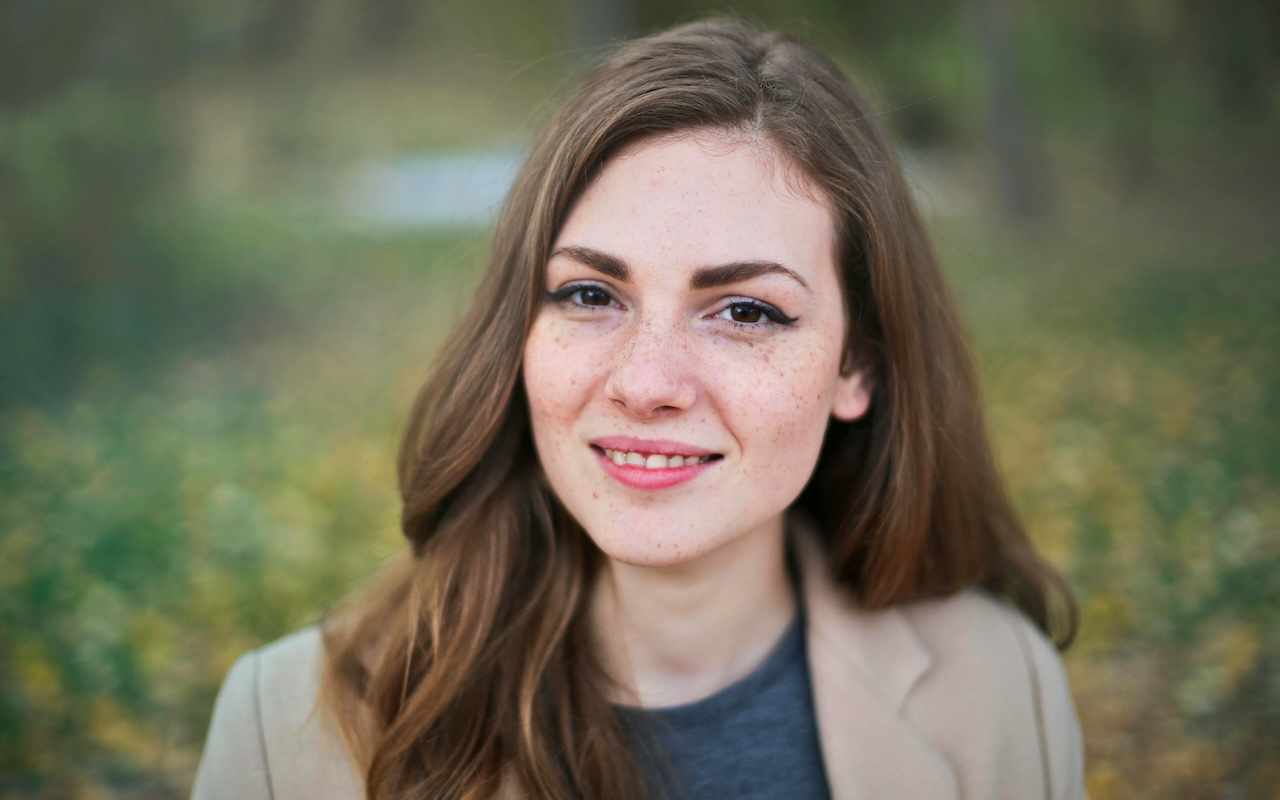
It’s surreal to think back just a few years when AI-generated images first started to appear online. They were, in a word, cursed. Back then, AI models had a basic idea about what life and all that encompasses it looked like, but properly capturing that in a realistic and convincing way was a pipe dream.
Needless to say, those days are long gone. What once was an image of a shape that might have – maybe – looked like a human face is now convincing enough that even a seasoned eye might need to inspect the image a little more closely to tell that it’s been computer-generated. This has led to AI-generated content, both images and videos, being pervasive, and it can now be hard to tell what’s real and what’s not.
The rapid advancement has led to some truly tangible applications of AI technology, including having realistic headshots of yourself made, either for professional uses on sites like LinkedIn or Upwork or more general uses on social media at large. So, with that in mind, let’s weigh the pros and cons of AI headshots against having a photographer take real ones.
Professional headshots look great, but they’re a lot of effort
While the results can look spectacular, especially when shot by a professional photographer, let’s face it: getting professional headshots taken is certainly no walk in the park. There’s so much to consider, from how you’ll look to what you’ll wear. And if you want to have specific headshot outfits to wear, then you’ll probably need to do some shopping, which costs money.
That’s not even adding the cost of the headshots themselves. Depending on the circumstances, the price of professional headshots can start at hundreds of dollars, and it can go up from there. The best of the best photographers can charge thousands for their work. In addition, costs can vary by state, and if you work online and live somewhere relatively remote, you might have a difficult time even finding a photographer in your area to take headshots.
If that’s the case, then – on top of the cost of the headshots themselves, and maybe the outfits – you also have to factor in the cost of travel. Fortunately, once you actually get to the photographer’s studio, they handle it from there, which is one reason the cost can be so high. Professionals know how to pose and light you, and they have the best lenses for what you’re trying to achieve.
After all that effort, though, the results can be spectacular and as it stands now, the best professional headshots will win against the best AI-generated ones. But, with as quickly as AI technology is advancing, who knows how long that will be the case; the gap is closing, and fast.
AI headshots look good and are far less effort
Despite the stigma surrounding AI-generated images – mostly surrounding putting actual artists and photographers out of work – it’s hard to deny how far the technology has come. Plus, one argument in favour of AI content is that often the people creating the images would’ve never hired an actual artist or photographer in the first place. If anything, humans will be using AI more and more as time goes on, leaving anyone who doesn’t in the dust.
Specifically, when it comes to AI headshots, platforms like PixelPose have advanced so rapidly that, in the best-case scenarios, the results are often almost indistinguishable from real photographs. Granted, these kinds of results take a fair bit of luck and some fancy cropping. Hands still remain the last great challenge to overcome and mistakes can still occur with finer details. That aside, at a glance, AI-generated headshots look surprisingly great.
They’re also versatile, allowing you to produce images of yourself in a variety of poses, expressions, and backgrounds. On top of that, since most tools that generate these types of images send you batches of dozens, if not over a hundred headshots, a few of those are bound to be winners.
Look at enough AI images, though, and you can begin to spot a trend that makes it a little easier to identify computer-generated images. They’re often exceedingly good-looking – almost too good to be true. The ones trying to resemble real photographs tend to look like they were taken in the best possible circumstances with lighting, depth of field – the works. But that’s ultimately what you want from a headshot – the best you in the best possible circumstances.
So, which is best, real or AI headshots?
Objectively speaking, professionally taken headshots are still undoubtedly better, and if you’re in a career that benefits greatly from professional headshots being in your portfolio, such as an actor or actress, then the real thing is still exceedingly hard to beat. We can’t imagine it would be a great idea to show up at an audition with a 4K AI-generated headshot.
For everyone else, though, AI headshots are a happy median. They’re cheap compared to professional photo shoots, and the results are growing more realistic basically by the day. While under close scrutiny – and especially compared to real photographs – many of these AI headshots will fail the proverbial sniff test, and with practice, you’ll be able to tell that they’re computer-generated pretty quickly.
However, for their typical use-case, such as online on social media or on work-related sites like LinkedIn or Upwork, AI-generated headshots can help you look your best. After all, these images look great at a glance, which is perfect for the online use cases you’ll typically find for them.
Final words
AI has started to be integrated into so many aspects of our lives these days, and the practical applications that have sprung up from the technology have been really exciting to witness. In addition to AI headshots, LLMs, like those used to train ChatGPT, are helping us in a variety of ways and have been integrated into the search engines we use every day.
In the case of headshots, though, while real photographs taken by a professional are objectively better and will hold up under examination – great for the relatively small sampling of people who would benefit from them – AI-generated images are great for most people and a wide range of uses.
The editorial unit

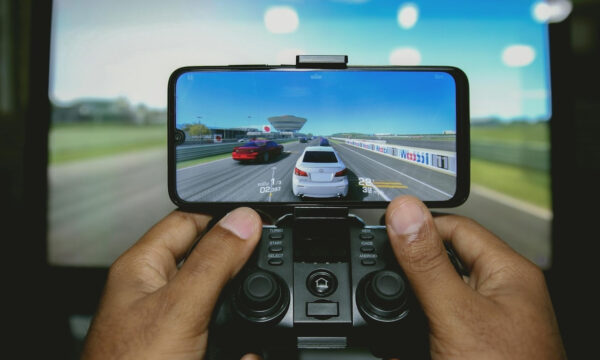
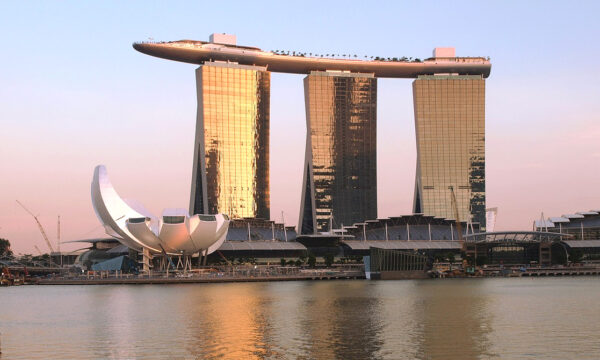


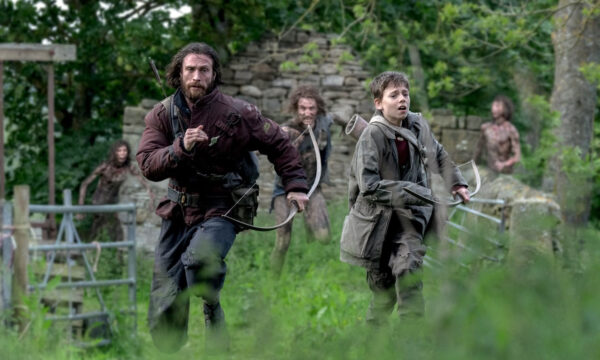


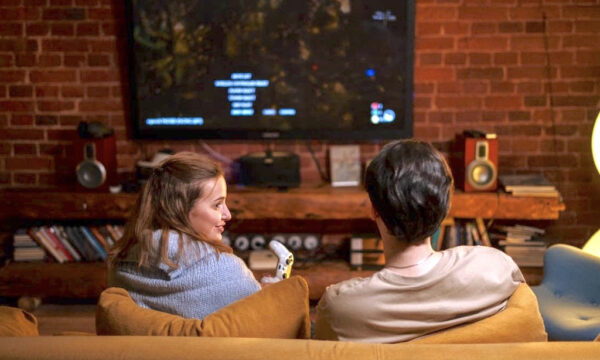
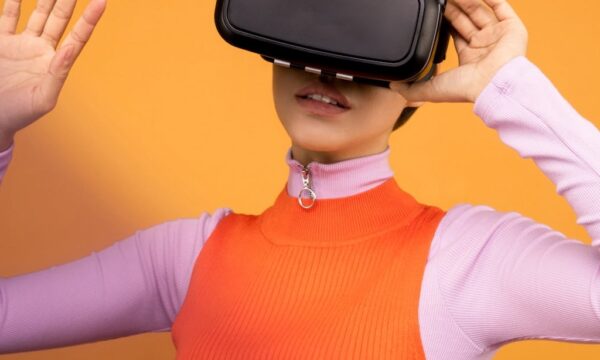




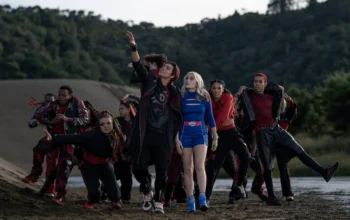










Facebook
Twitter
Instagram
YouTube
RSS